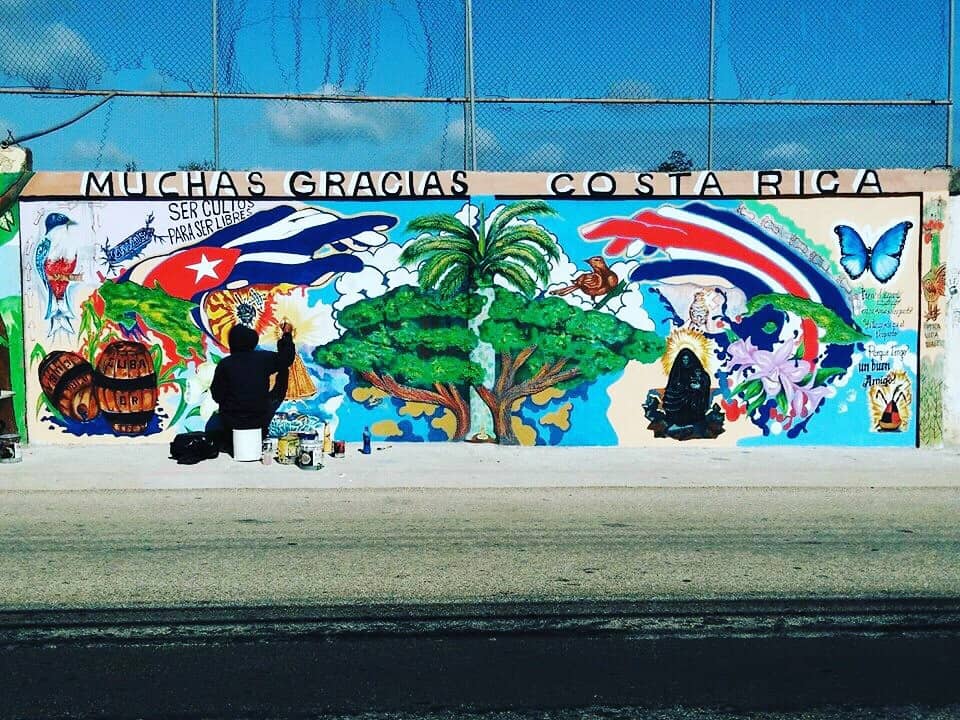The first 180 Cuban migrants, of nearly 8,000 stranded in Costa Rica, were set to fly Tuesday to El Salvador to continue an arduous journey through Central America and Mexico to new lives in the United States.
The Cubans are part of a big wave of migrants leaving their Communist-ruled island over the past year for America, in the wake of a diplomatic thaw between Washington and Havana.
Many say promised reforms and prosperity have failed to materialize and they are fleeing economic misery.
Are the Cubans ‘illegal immigrants’ in the U.S.?
No. Although they don’t have American entry visas, under a special U.S. law passed during the Cold War, the 1966 Cuban Adjustment Act, arriving Cubans can ask for permission — called a “parole” — which allows them to stay for a year, after which they can apply for U.S. permanent residency.
Processing at a U.S. border post typically takes only a couple of hours and then they are free to enter, with many then joining the big Cuban community in Miami. They are given access to months of U.S. benefits and English lessons. Once U.S. residency is approved, they are allowed to work.
How did they get stranded in Central America?
Nicaragua — a Cuban ally — blocked their entry and posted soldiers on the border in mid-November. That resulted in a bottleneck that saw 7,800 Cubans get stuck in Costa Rica. Then Costa Rica in mid-December also refused to allow any more in, leading to 2,000 more Cubans also becoming stranded in Panama.
The border closures — and the decision by Ecuador, their usual starting point in Latin America, to reimpose visa requirements for Cubans — means the overland route through Central America has become much tougher. But under America’s policy of intercepting and sending back any Cubans trying to cross to Florida by boat, many still see it as their best chance.
Why are some countries being so difficult?
Some Central American nations are nettled by the easy access Cubans get to the U.S. when many of their own citizens have to enter and stay in America clandestinely. That issue has become even more pronounced with a new U.S. operation started this month to raid homes looking for Central American migrants with deportation orders against them to send them home.
Some countries, the more prosperous ones, also fear that the Cubans might end up living on their territory and not go to the U.S., putting a strain on their societies.
Why are so many Cubans migrating?
More than 43,000 Cubans entered the U.S. between October 2014 and the end of September 2015, according to data from the Customs and Border Protection agency obtained by the Pew Research Center. That was a dramatic 78 percent jump over the corresponding previous year.
Many Cubans fear that the U.S.-Cuba thaw will see Washington scrapping its open-arms policy to them, though U.S. officials say no change is foreseen.
Others, however, simply say that conditions under the government of Cuban President Raul Castro have deteriorated further, with no sign of hoped-for improvements. The state’s monthly salary of just $20 is insufficient to live on, they say.
Some two million Cubans live in the United States.
Read more of The Tico Times’ coverage of the Cuban migrant crisis
‘Dusty-foot’ Cubans forgo rafts, choose land route through Costa Rica
Ecuador requires Cubans get visas to dissuade them from using country as springboard to US
Central American countries agree to safe passage for Cuban migrants marooned in Costa Rica
Reforms by Castro, Obama set stage for Cuban migration spike

